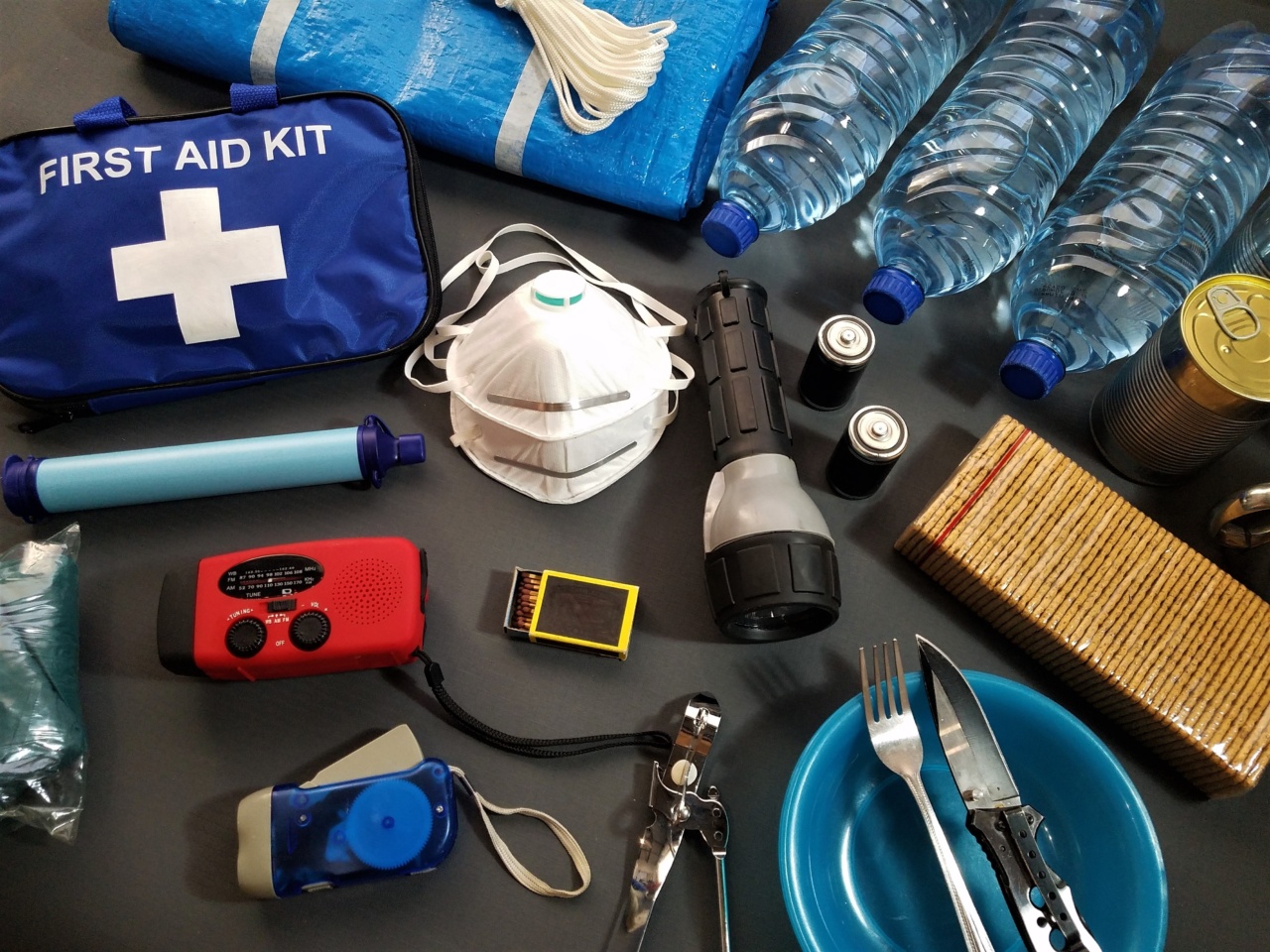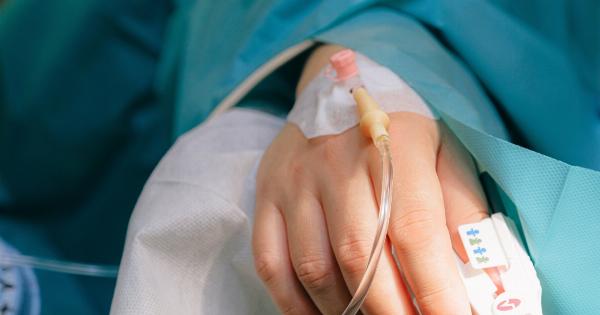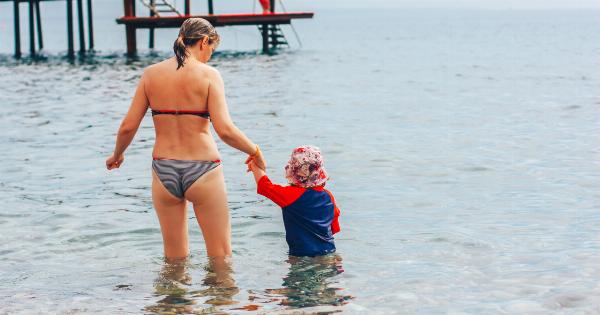When it comes to traveling, it’s important to be prepared for any unforeseen circumstances. One essential item that should always be packed is a travel first aid kit.
Whether you’re embarking on a hiking trip, going on a beach vacation, or simply exploring a new city, having a well-stocked first aid kit can save the day. In this article, we will guide you through the essential items that should be included in your travel first aid kit to ensure a safe and worry-free journey.
1. Antiseptic Wipes and Hand Sanitizer
Keeping your hands clean is crucial, especially when you’re traveling to unfamiliar places. Antiseptic wipes and hand sanitizer are essential items to have in your travel first aid kit.
They help eliminate germs and reduce the risk of infections, providing a convenient way to keep your hands clean and hygienic.
2. Adhesive Bandages and Sterile Dressings
Minor cuts, blisters, and scrapes are common while traveling. Having adhesive bandages in various sizes and sterile dressings in your first aid kit ensures that you can quickly attend to any injuries.
These items help prevent further damage, protect wounds from dirt and bacteria, and promote faster healing.
3. Pain Relievers and Fever Reducers
Headaches, muscle pains, and fevers can easily put a damper on your travel plans. Including pain relievers such as acetaminophen, ibuprofen, or aspirin in your first aid kit can help alleviate these discomforts.
Be sure to pack medications that suit your needs and check the recommended dosage to avoid any adverse effects.
4. Medications for Common Conditions
If you have specific medical conditions or allergies, it is crucial to pack the necessary medications. This might include antihistamines for allergies, inhalers for asthma, or antacids for digestive issues.
Make sure to carry an ample supply of these medications, and consult your healthcare provider about any additional recommendations specific to your needs.
5. Tweezers and Scissors
Tweezers and scissors are versatile tools that can come in handy during emergencies. With tweezers, you can easily remove splinters, ticks, or other foreign objects from the skin.
Scissors are essential for cutting adhesive tapes, medical tapes, or dressings to the required size. These tools should always be included in your travel first aid kit.
6. Sunscreen and Aloe Vera Gel
Protecting your skin from the damaging effects of the sun is essential, especially during outdoor activities. Packing sunscreen with a high SPF and broad-spectrum protection will shield your skin from harmful UV rays.
Additionally, carrying aloe vera gel can provide relief in case of sunburn or minor skin irritations.
7. Oral Rehydration Salts and Antidiarrheal Medications
Traveler’s diarrhea is a common inconvenience that can disrupt your travel plans. Including oral rehydration salts in your first aid kit helps replace lost electrolytes and prevents dehydration.
Antidiarrheal medications can temporarily alleviate symptoms until you can seek medical assistance if necessary.
8. Insect Repellent and Sting Relief
When traveling to regions with mosquitoes or other insects, having insect repellent is essential. It helps protect you from bites and reduces the risk of insect-borne diseases.
Additionally, including sting relief products can provide immediate relief in case of insect bites or stings.
9. Emergency Contact Numbers and Medical Information
In case of emergencies, it’s crucial to have important contact numbers readily available. Include emergency contact numbers for local authorities, your travel insurance provider, and personal emergency contacts.
It is also helpful to carry a card with relevant medical information, such as allergies, blood type, and chronic conditions, to assist healthcare providers if needed.
10. Basic First Aid Manual and Supplies
Even if you’re familiar with basic first aid techniques, carrying a small first aid manual can provide guidance in case of confusion or panic.
Additionally, including basic supplies like gloves, adhesive tapes, CPR masks, and sterile saline solution can further enhance your ability to respond promptly to different situations.
Conclusion
A well-prepared travel first aid kit is a must-have for any traveler. It ensures that you can quickly attend to minor injuries, alleviate common ailments, and seek assistance when needed.
Remember to regularly check the expiration dates of items and restock as necessary to keep your first aid kit up to date. By including the essential items mentioned above, you can embark on your adventures with peace of mind, knowing that you are prepared for any unexpected situations.































